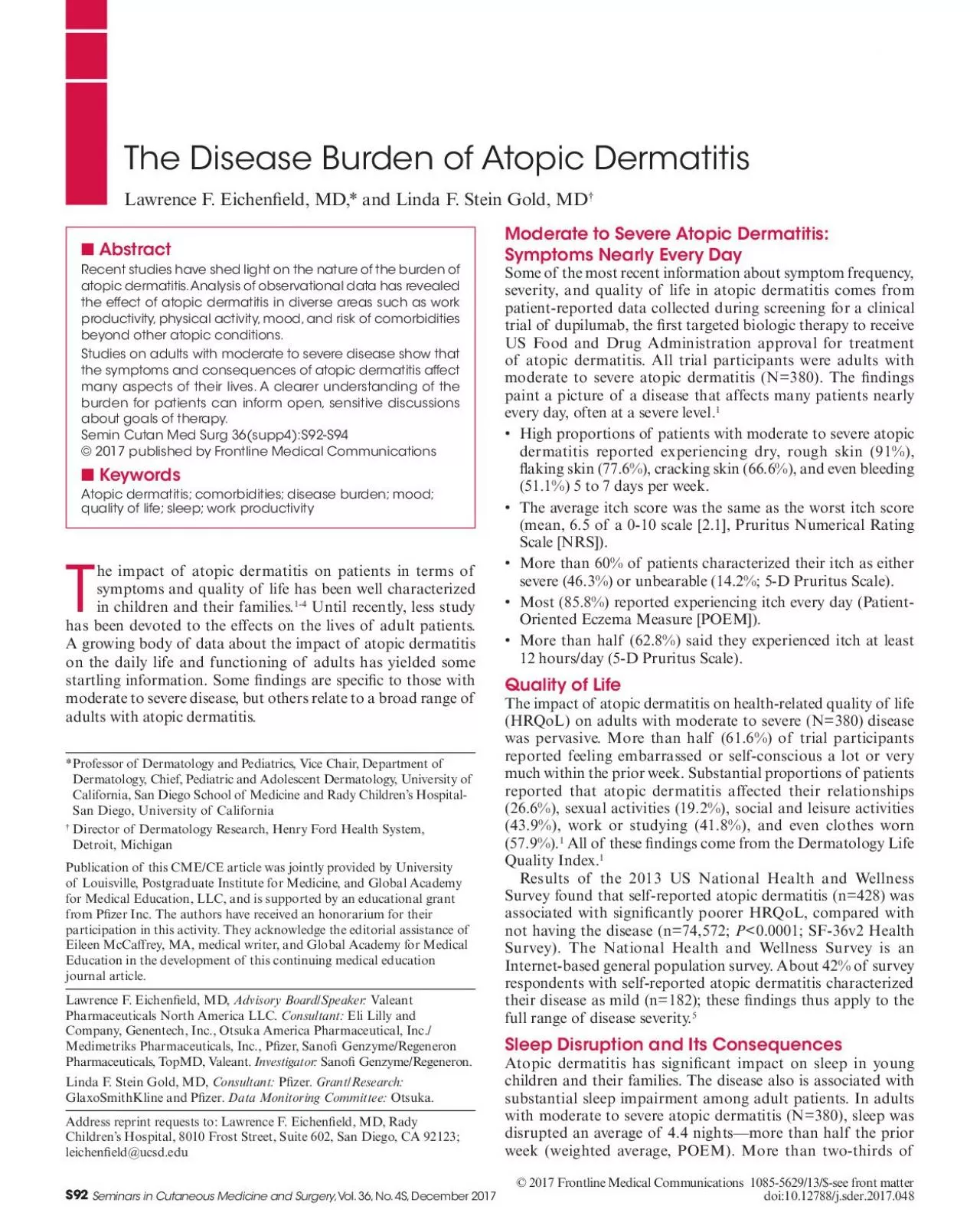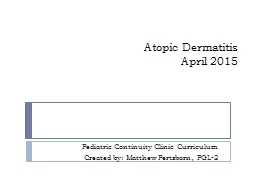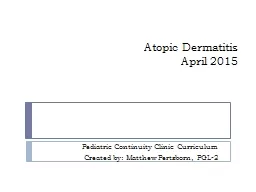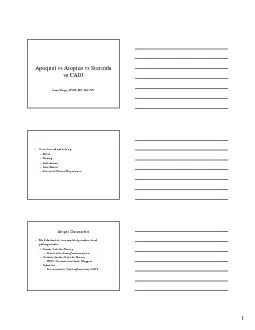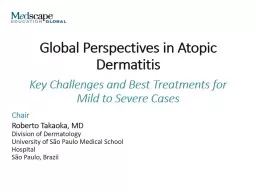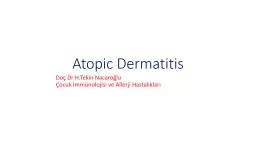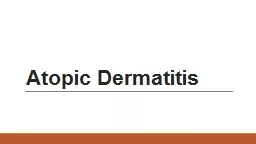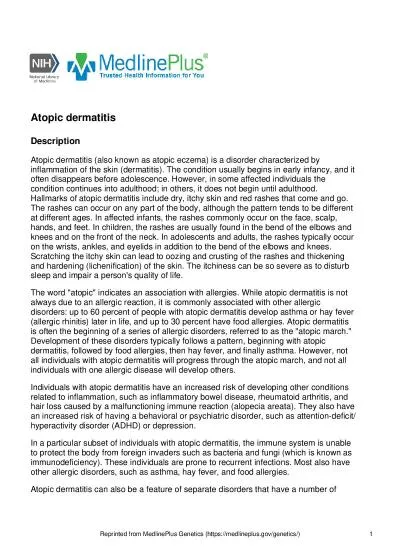PDF-adults with selfreported atopic dermatitis n349 compared with non
Author : payton | Published Date : 2022-09-02
Atopic Dermatitis Work Performance Work Impaired in Patients With Atopic DermatitisPercent lost productivity and activity impairment in the past week WPAIP00001
Presentation Embed Code
Download Presentation
Download Presentation The PPT/PDF document "adults with selfreported atopic dermatit..." is the property of its rightful owner. Permission is granted to download and print the materials on this website for personal, non-commercial use only, and to display it on your personal computer provided you do not modify the materials and that you retain all copyright notices contained in the materials. By downloading content from our website, you accept the terms of this agreement.
adults with selfreported atopic dermatitis n349 compared with non: Transcript
Download Rules Of Document
"adults with selfreported atopic dermatitis n349 compared with non"The content belongs to its owner. You may download and print it for personal use, without modification, and keep all copyright notices. By downloading, you agree to these terms.
Related Documents

